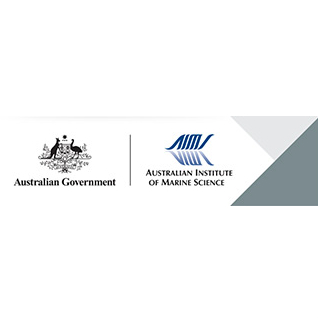Brief description
Corals were collected by scuba along 2 transects at Davies Reef in October 1980, and February, July and December 1981. Transect A-B ran from 1-17 m deep on the seaward margin of the reef flat. Transect C-D ran from 1-51 m deep on the seaward reef slope. Collection date, sea surface temperature, transect, depth and coral species were recorded.For the experiments, either a group of four 12 cm terminal branches of Acropora formosa or Acropora valenciennesi, or one 9 cm diameter colony of all other species were placed in a chamber and changes in dissolved oxygen content measured. Light measurements of photosynthetic photon flux density were in units of microEinsteins (400-700 nm) per square metre per second. Corals were incubated in the dark and light for periods of 20-30 min, arranged in order of increasing light intensity.The corals were frozen at the end of the experiment; chlorophylls and accessory pigments were extracted with 3 volumes of 20% tetrahydrofuran in methanol (v:v), separated and quantified by high performance liquid chromatography. Ten replicate coral samples were analysed for protein content. To establish:- whether photoadaptations occur in reef-building corals- whether photoadaptations occur as continuous gradients correlated to ambient light intensity- whether relationships between photoadaptations and ambinet light intensity can be mathematically described- whether corals from high/low light environments correspond to definitions of sun/shade plants Data analyses were part of a series of three papers addressing:1. Long-term growth responses (data not held by AIMS)2. Light saturation curves for photosynthesis and respiration3. UV-B absorbing compounds (see separate metadata record)Lineage
Maintenance and Update Frequency: notPlannedNotes
CreditChalker, Bruce E, Dr (Principal Investigator)
Dunlap, Walter C, Dr (Custodian)
Modified: 17 10 2024
text: westlimit=147.633333; southlimit=-18.85; eastlimit=147.633333; northlimit=-18.85
Bathymetric adaptions of reef-building corals at Davies Reef, Great Barrier Reef, Australia. III. UV-B absorbing compounds: Dunlap WC, Chalker BE and Oliver JK (1986) Bathymetric adaptions of reef-building corals at Davies Reef, Great Barrier Reef, Australia. III. UV-B absorbing compounds. Journal of Experimental Marine Biology and Ecology 104: 239-248.
local : articleId=1983
Bathymetric adaptations of reef-building corals at Davies Reef, Great Barrier Reef, Australia. I. Long term growth responses of Acropora Formosa (Dana 1846): Oliver JK, Chalker BE and Dunlap WC (1983) Bathymetric adaptations of reef-building corals at Davies Reef, Great Barrier Reef, Australia. I. Long term growth responses of Acropora Formosa (Dana 1846). Journal of Experimental Marine Biology and Ecology 73: 11-35.
local : articleId=1874
Bathymetric adaptations of reef-building corals at Davies Reef, Great Barrier Reef, Australia. II. Light saturation curves for photosynthesis and respiration: Chalker BE, Dunlap WC and Oliver JK (1983) Bathymetric adaptations of reef-building corals at Davies Reef, Great Barrier Reef, Australia. II. Light saturation curves for photosynthesis and respiration. Journal of Experimental Marine Biology and Ecology 73: 37-56.
local : articleId=1752
- global : 06b18157-2c9f-4c5e-839e-4018402cfd71


